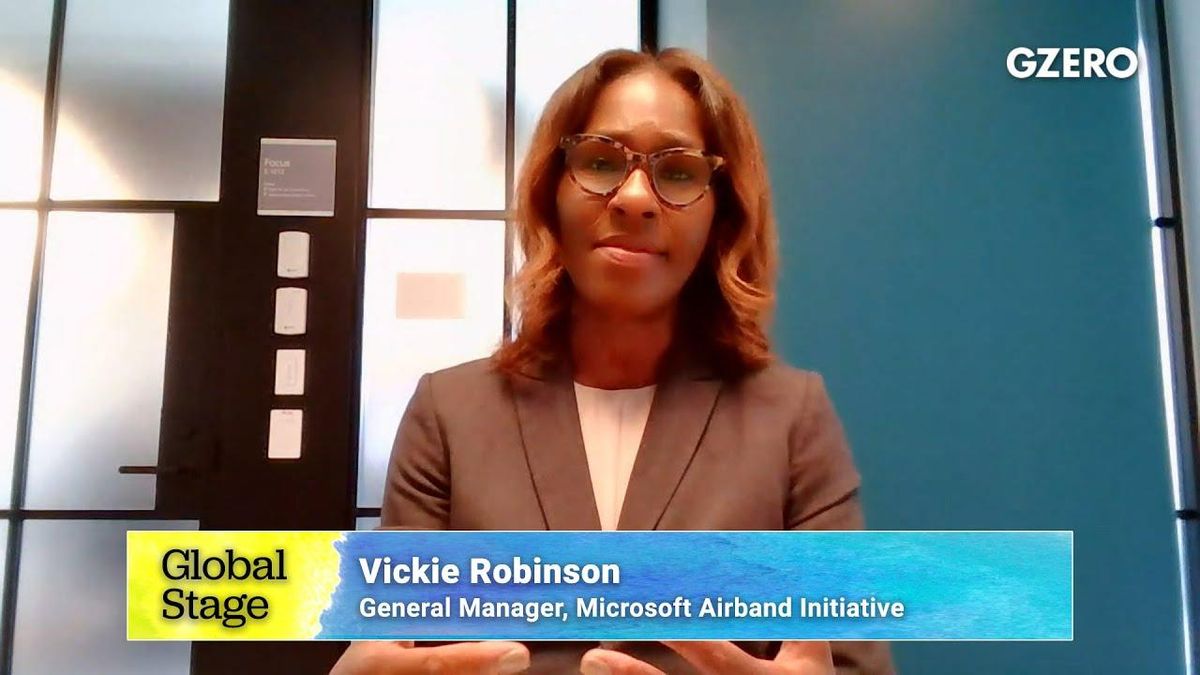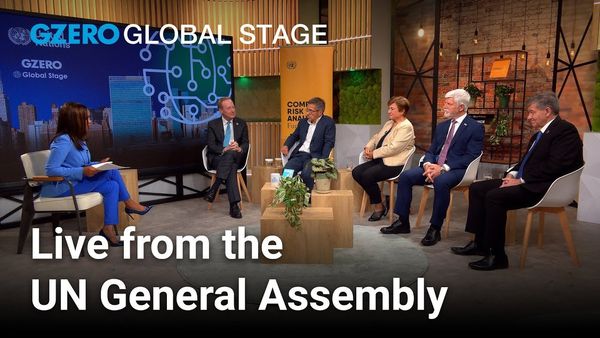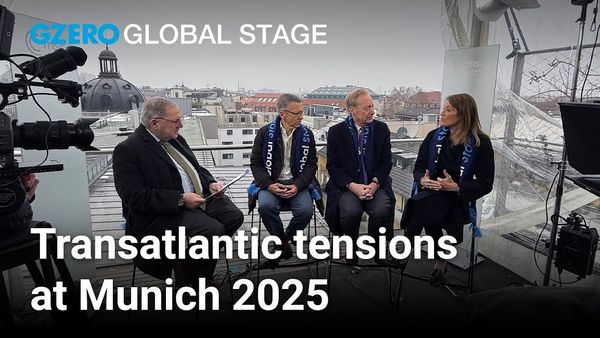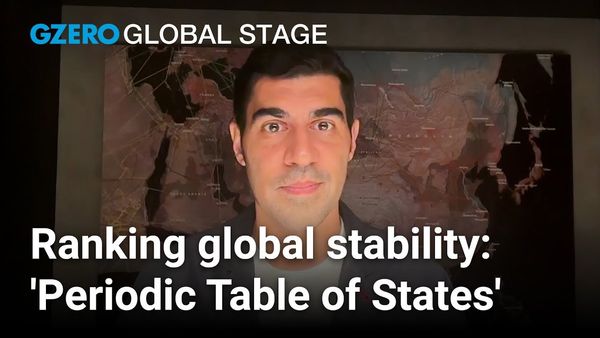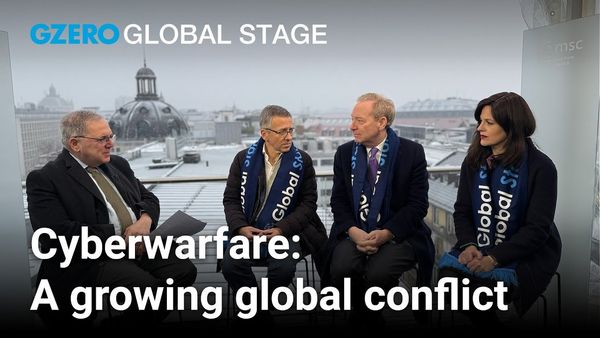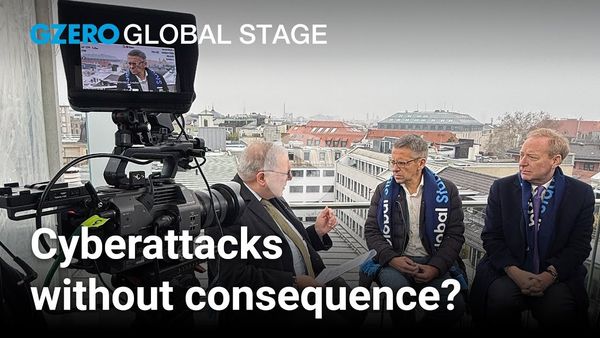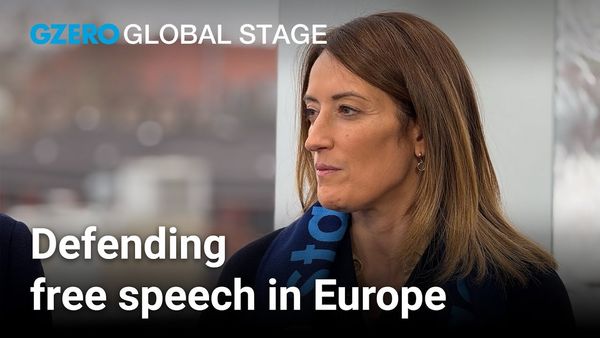The pandemic accelerated the shift to digital. But that left behind those offline, widening the digital access gap — with big implications for education.
Vickie Robinson, general manager of Microsoft's Airband Initiative, recalls how she dealt with school closing as a mother.
Having in-home connectivity helped her children transition from middle to high school with some sense of normalcy. But two-thirds of school-aged kids around the world didn't have that opportunity, she says during a Global Stage livestream conversation.
What's more, offline kids mostly come from marginalized backgrounds, which for Robinson makes the case for closing the digital access gap even more urgent.
From Your Site Articles
- Education’s digital revolution: why UN Secretary-General António Guterres says it's needed ›
- COVID's impact on education and its long-term geopolitical consequences: Gerald Butts ›
- How converging crises lowered education levels & intensified poverty ›
- Stanford's president on the “new normal” for higher education after COVID ›
- The fight to “connect every last person” to the internet - GZERO Media ›
- Live premiere: Gender Equality in the age of AI - GZERO Media ›


